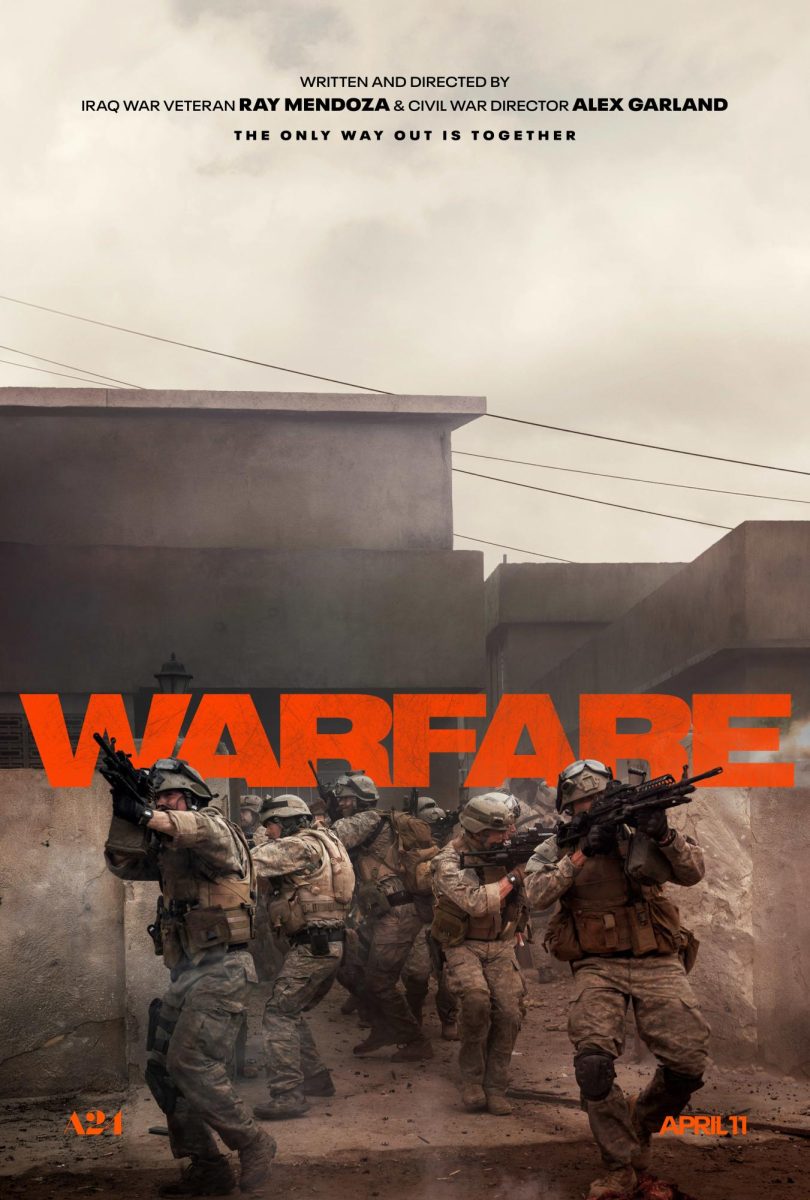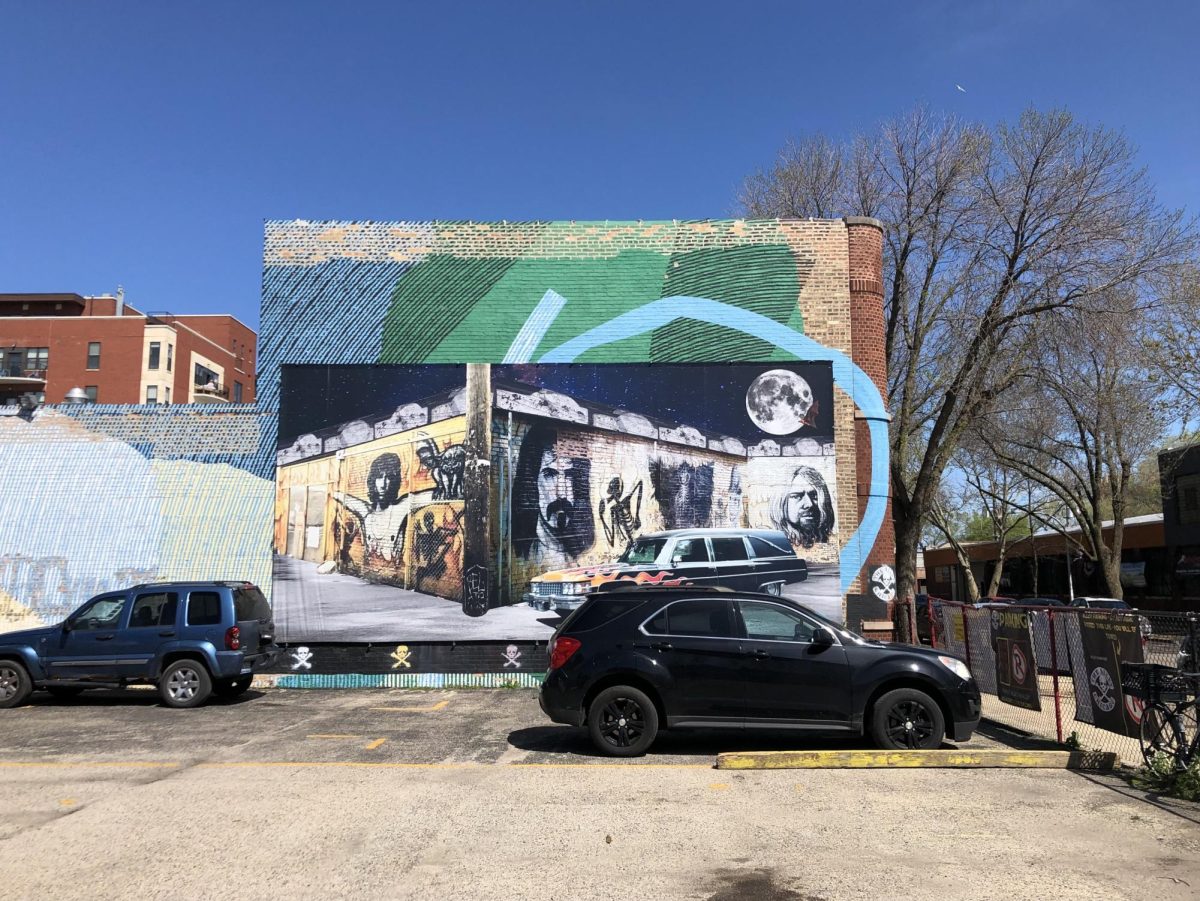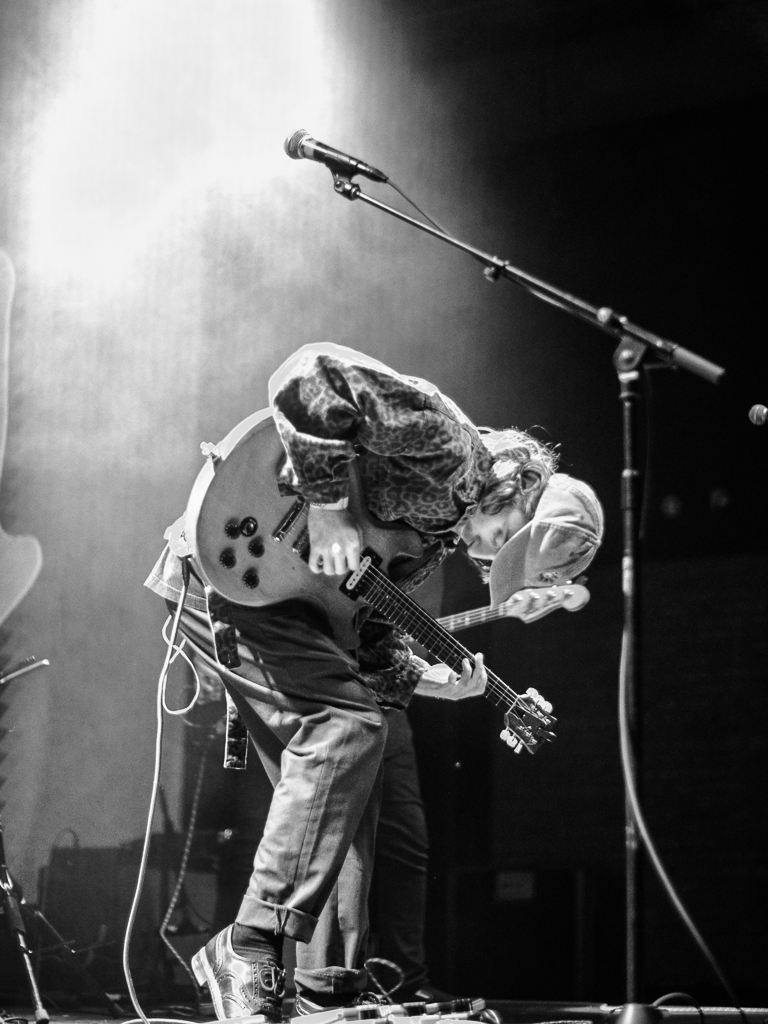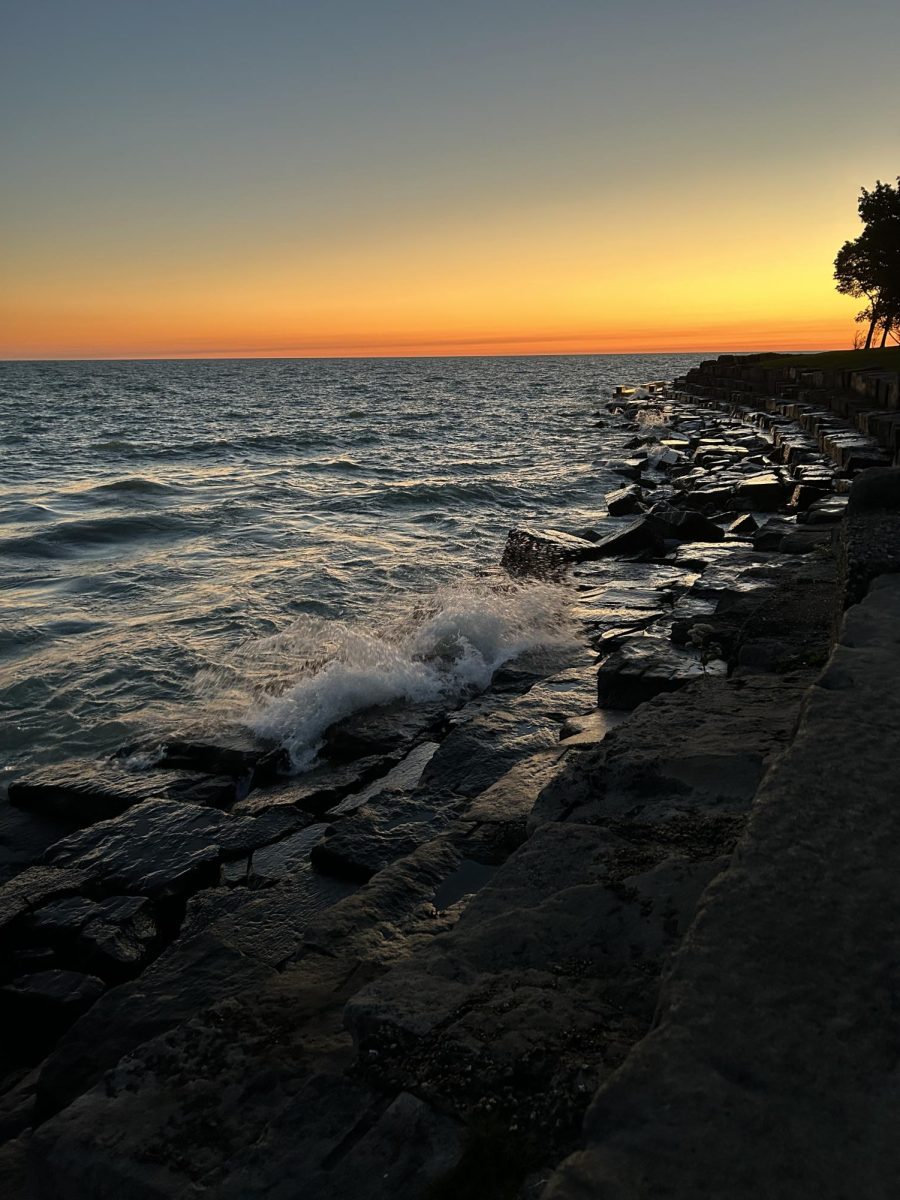The audience is not expected to enjoy Warfare. We are expected to endure it.
Alex Garland’s latest film, co-directed with former Navy SEAL Ray Mendoza, is somewhere between the haunted memoryscapes of Son of Saul and the relentless visceral nature of Dunkirk. It offers no refuge, no catharsis, and, most crucially, no meaning. The film unfolds over 90 real-time minutes as the hyperrealistic sensibilities of Garland and Mendoza take over.
Warfare is not a film in the conventional sense. There are barely any characters to speak of, no arcs, and no anchors. We’re embedded with a SEAL squad on deployment, but these men are not introduced or developed. They are silhouettes, pulses, steady gazes, and trembling fingers on triggers.
The film offers little narrative thread upon which to cling, only a montage teetering toward inevitable collapse. It feels like the film has taken Eisenstein’s theory of montage as a creator of meaning and turned it against the viewer, not to create meaning but to destroy one’s expectations of a broader narrative unfolding. This is not empathy but immersion. The point is not to watch someone suffer; it is to feel the conditions of war under which personhood begins to unravel.
Here, the true protagonist is not a soldier but a sensation: the sound. The work of sound design duo Glenn Freemantle and Ben Barker does not merely accompany the images—it supersedes them. When an IED explodes, it is not an event but the volta. The detonation cleaves the runtime in two, scrambling the distinction between past and present. The high-pitched ringing that follows doesn’t fade—it lingers, burrows, and throbs. We hear what the soldiers hear, or perhaps what they cannot unhear. It is the auditory equivalent of trauma: recursive, intrusive, and inescapable.
The editing of Fin Oates plays a beautifully treacherous job. Jarring cuts arrive not as formal transitions but as physiological jolts—sharp, sudden, and convulsive. One moment we see the barracks; the next, a patrol; then, an explosion; then, a blood-soaked face gasping for air, howling in pain.
It is tempting, in moments like these, to reach for the ever-famous line from François Truffaut: “There’s no such thing as an anti-war film.” The claim being that the camera, by virtue of aestheticizing violence, inevitably renders it seductive.
Warfare is singular in its refusal to render anything seductive. The picture’s palette is not stylized, and its violence is not choreographed by anything other than lived experiences. Even beauty, when it intrudes, does so accidentally: the light making the dust particles glow; the stillness of a nighttime raid; a body bisected, lying in grotesque stillness. There’s beauty only in the way a bruise is beautiful.
Still, the question remains: what is this film for?
If Warfare is anti-war, it is not because it tells us war is bad. It assumes we already know that.
Garland and Mendoza have constructed an experience sensorily exacting and stripped of narrative convenience. It shows us that knowing isn’t enough—the real obscenity of war lies in its persistence and refusal to yield to comprehension. This is why there is no progression. There is no mission to complete, no enemy to kill, and no victory to win. There is only the rhythm of endurance: march, engage, explode, bleed, repeat.
In this way, Warfare asserts that to understand another’s suffering, one must risk destabilizing one’s own moral footing. This film denies the audience the comfort of judgment and the relief of distance. We are not meant to observe war but to suffer its logic—to feel its heat, its noise, and its nothingness.
This, perhaps, is the film’s radical gesture: not to condemn war, or even to critique it, but to collapse the very structures that make it narratable. It renders war not as a spectacle but as incomprehensible. Warfare does not want to be watched. It wants to be withstood.
So, we sit as the credits roll. Sweating. Shaking. The screen goes black. The ringing in our ears remains.
Warfare may be the greatest picture one will never watch again.









